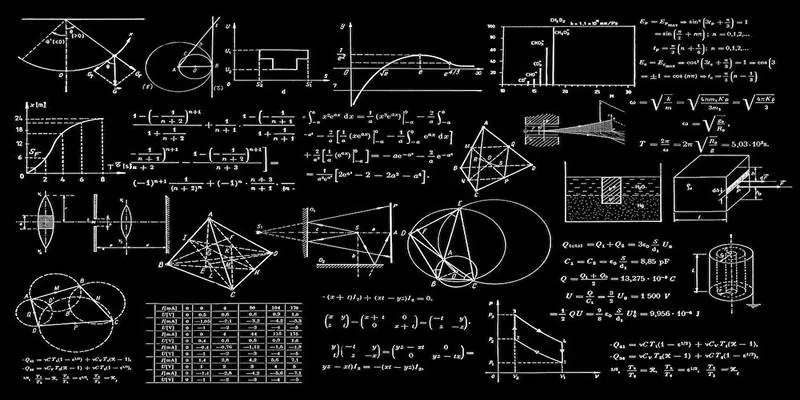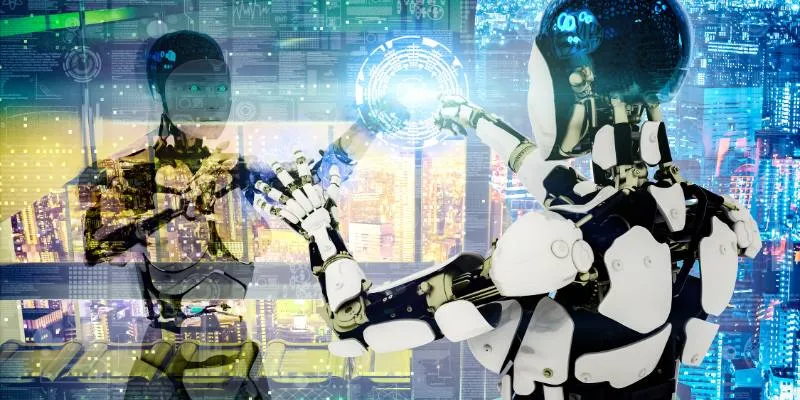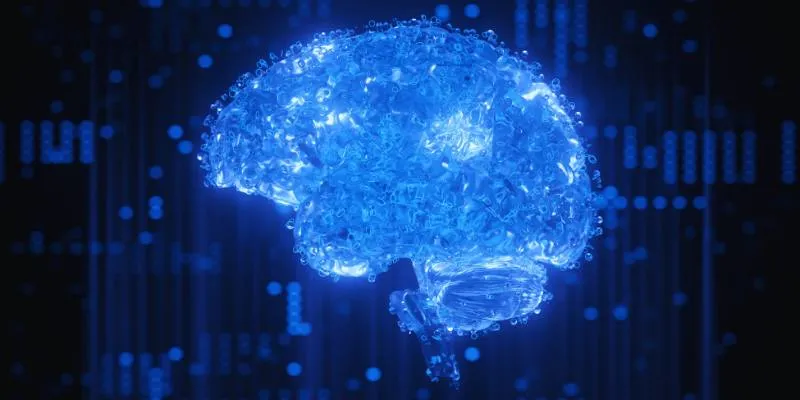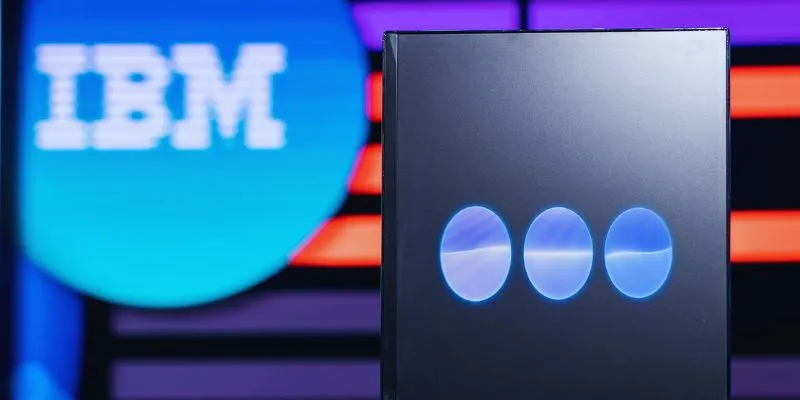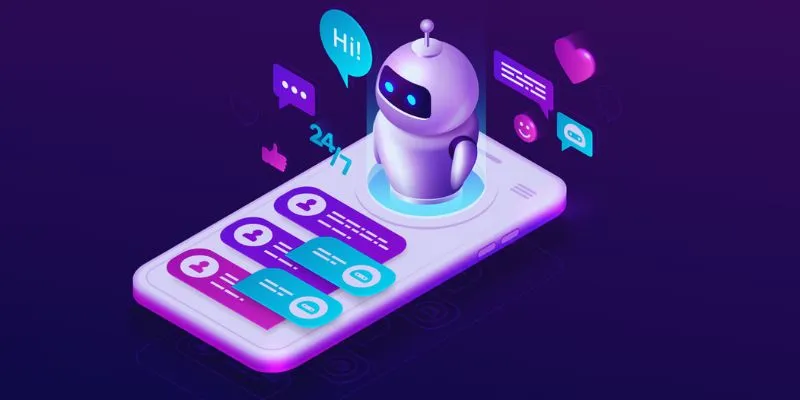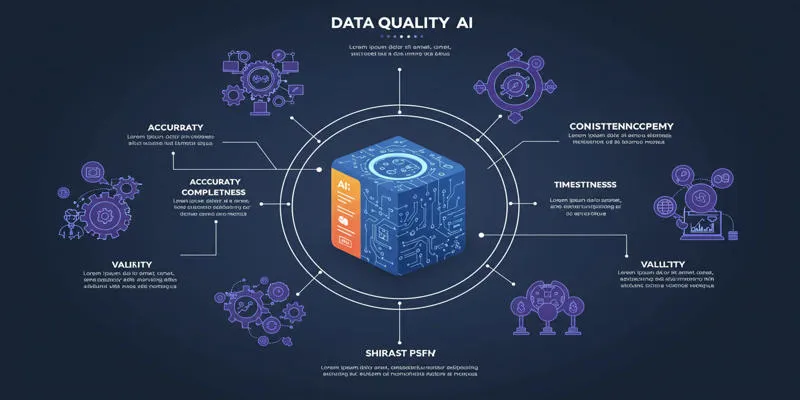For decades, researchers in artificial intelligence have pondered whether computers can think like humans. You may have heard of the Turing Test, a well-known method for exploring this question. This test, devised by British mathematician Alan Turing, challenges us to consider what it means for a machine to “think.” But if computers are designed to think like humans, do they genuinely think? In this post, we will delve into the Turing Test, its purpose, limitations, and its significance in understanding machine intelligence.
What is the Turing Test?
The Turing Test evaluates whether a machine can exhibit intelligent behavior indistinguishable from that of a human. Proposed by Turing in 1950, the test involves a human judge who communicates with both a computer and a human via text messages.
The judge’s task is to determine which participant is the machine and which is the human. If the judge cannot reliably tell them apart, the machine is said to have “passed” the Turing Test. This test doesn’t examine a machine’s internal workings but instead assesses its ability to mimic human responses. Today, it remains a cornerstone concept in artificial intelligence.
The Purpose of the Turing Test
The purpose of the Turing Test is to explore the question, “Can machines think?” Rather than defining thought narrowly, Turing proposed that a machine’s ability to replicate human behavior could gauge its intelligence. The test encourages a reevaluation of what “thinking” means in the realm of machines. If a machine can engage in a conversation so convincingly that a human cannot distinguish it from another human, does it possess the ability to think?
Turing’s approach shifts the focus from defining human-like thought to evaluating a machine’s capacity to emulate intelligent behavior. This opens up new perspectives on artificial intelligence and its potential.
Can Machines Truly Think Like Humans?

While the Turing Test is a valuable tool for evaluating machine intelligence , it does not definitively answer whether machines can think like humans. Machines can be programmed to simulate cognitive processes, such as answering questions, recognizing patterns, and making data-driven decisions. However, true human thinking involves emotions, consciousness, and subjective experiences, which machines lack.
Machines are unaware of their actions and cannot experience the world or make decisions based on emotions or personal experiences. They operate based on algorithms and predefined programming. Although machines can exhibit behaviors that mimic human thought, they do not “think” as humans do. This raises the question of whether passing the Turing Test indicates true intelligence or merely an impressive simulation.
How Does the Turing Test Work?
The Turing Test is conducted in a controlled environment where a human evaluator interacts with both a machine and a human through text. The evaluator poses questions and receives responses from both participants. After a set period of interaction, the evaluator must determine which participant is the machine and which is the human.
The test’s success is measured by whether the evaluator can accurately identify the machine. If the evaluator remains unsure or cannot distinguish between the two, the machine is deemed to have passed the test. The objective is not to assess the machine’s consciousness but to evaluate its ability to produce responses that appear intelligent to a human observer. Over the years, the Turing Test has been refined and adapted, but its core purpose remains unchanged: to assess whether a machine can convincingly imitate human-like behavior.
The Limitations of the Turing Test
Although the Turing Test is a significant milestone in the study of artificial intelligence, it has several limitations. One major criticism is its focus on imitation rather than true understanding. A machine may simulate intelligent conversation, but this does not mean it comprehends the conversation’s content. For instance, chatbots can provide appropriate responses to various queries but do not genuinely grasp the nuances of the questions.
Moreover, the Turing Test relies on subjective judgment. Different evaluators may have varying criteria for what constitutes “intelligent” behavior. A machine that deceives one evaluator might not achieve the same with another, leading to inconsistencies in evaluation.
Artificial Intelligence and the Turing Test
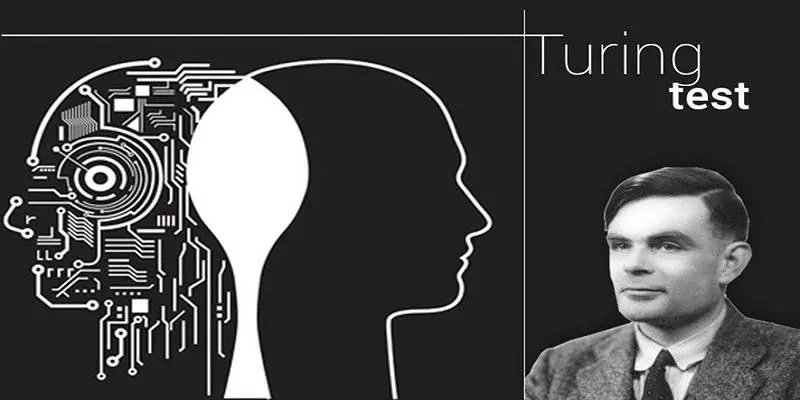
Artificial intelligence plays a central role in the Turing Test. AI technologies enable machines to learn from data, recognize patterns, and respond to inputs in ways that seem intelligent. However, while AI is rapidly advancing, it is still far from achieving true human-like thinking. AI can perform specific tasks, such as answering questions, translating languages, and identifying objects, but these abilities are limited to particular domains and do not indicate general intelligence.
Conclusion
The Turing Test remains a fundamental tool in the study of artificial intelligence, providing a means to assess whether machines can display intelligent behavior akin to humans. However, passing the test does not necessarily indicate a machine can truly think like a human. While AI can mimic human-like responses, it lacks consciousness, emotions, and subjective experiences. The debate continues over whether machines can ever genuinely achieve human-like intelligence. For now, the Turing Test is an essential tool for understanding the capabilities and limitations of artificial intelligence.
 zfn9
zfn9

